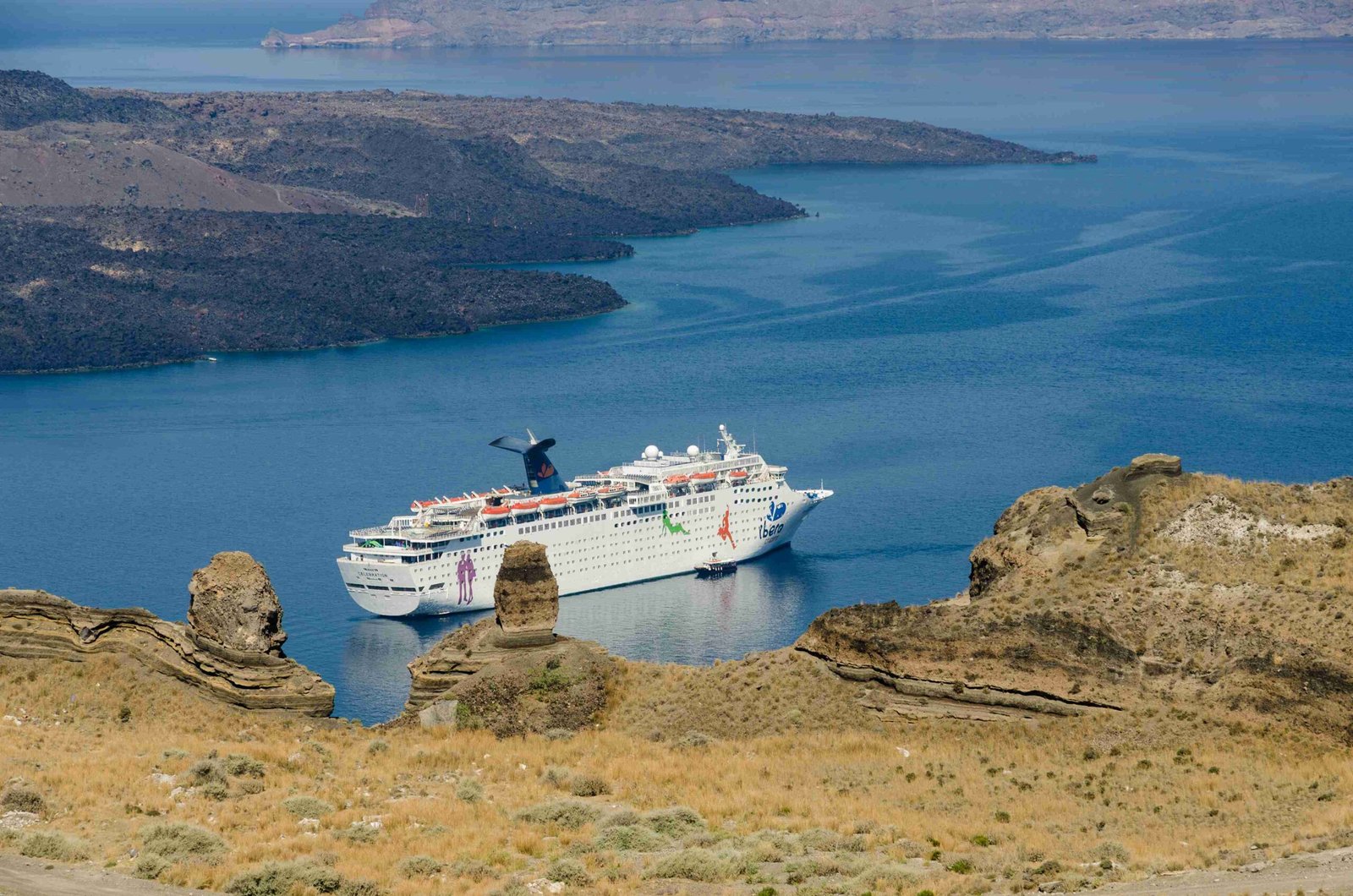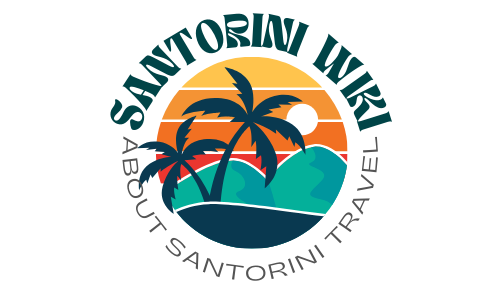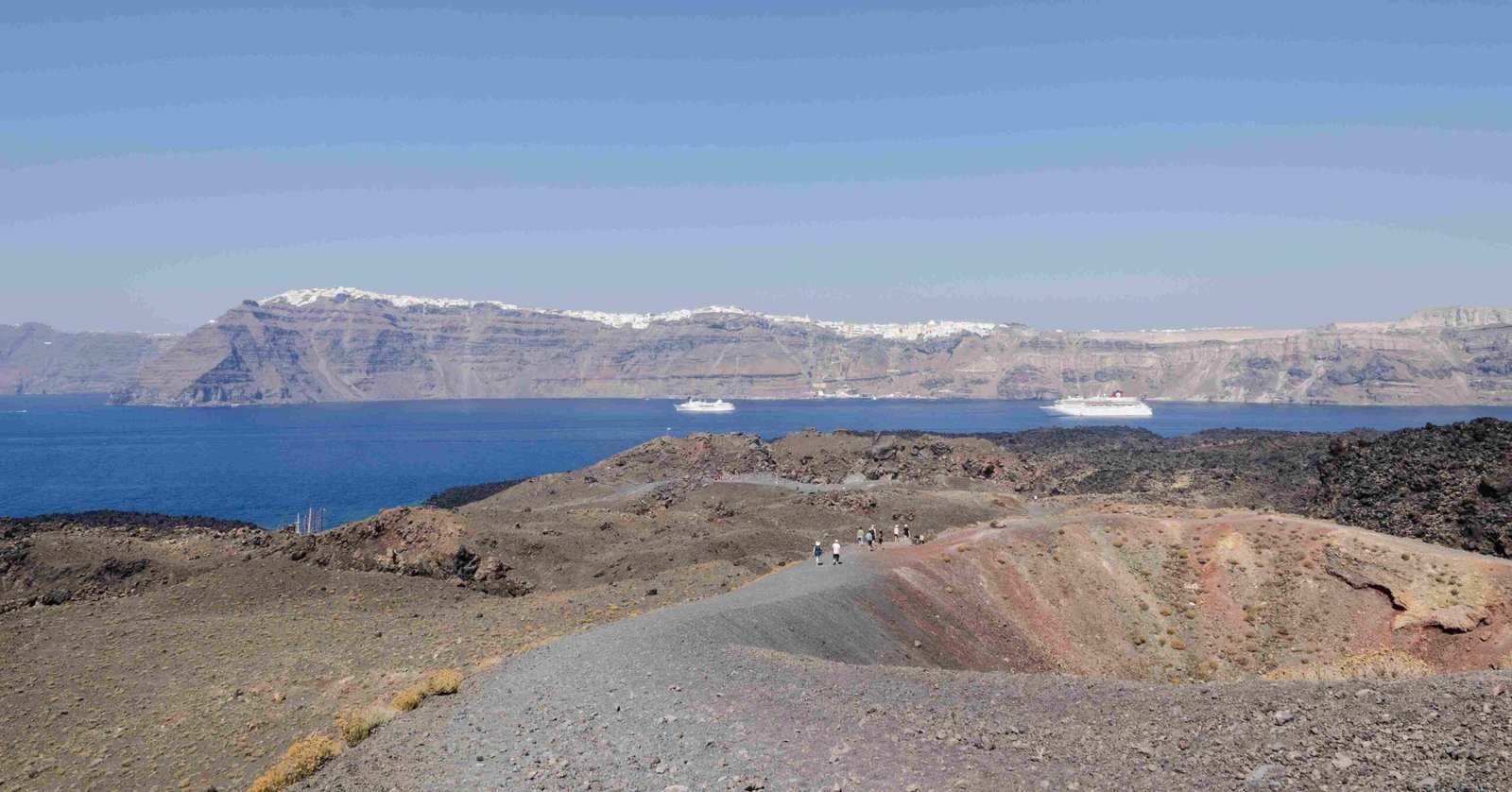Santorini, a picturesque Greek island, is known for its stunning views and volcanic history. The question of whether Santorini’s volcano is safe is complex. While the island has not experienced a major eruption in decades, recent studies indicate growing magma chambers beneath nearby volcanoes. Current safety measures rely heavily on monitoring equipment, but lack comprehensive evacuation plans. This article explores the volcanic risks, safety protocols, and historical context of Santorini’s volcanic activity.
What is the Current Volcanic Activity Status in Santorini?

Recent studies have revealed concerning developments in the volcanic system near Santorini:
- A growing magma chamber has been detected beneath the Kolumbo volcano, located approximately 7 kilometers from Santorini.
- This chamber has been expanding at a rate of 4 × 10^6 m^3 per year since the last eruption in 1650 CE.
- Experts warn of a significant threat of a future eruption within the next 150 years.
- The Kolumbo volcano is part of the highly active Aegean volcanic arc, necessitating real-time monitoring facilities.
While predicting the exact timing of a future eruption is impossible, the active status of the volcano system ensures that future eruptions are inevitable.
What Safety Measures are in Place for Volcanic Activity?

The current safety measures for Santorini’s volcanic activity are primarily focused on monitoring rather than evacuation:
- Advanced monitoring equipment: The Greek government has invested in sophisticated technology to provide early warnings of volcanic or seismic activity.
- Hotel emergency procedures: Some hotels have protocols for various emergencies, including volcanic eruptions, though these often prioritize fire safety.
- Emergency contact number: The general emergency number in Greece is 112, which can be used for fire, medical, and police emergencies.
However, it’s important to note that:
- There is no comprehensive emergency evacuation plan specifically for the island of Santorini.
- A past study revealed that 88% of local residents called for an evacuation plan, but none has been officially drafted.
- Tourists are advised to inquire about their hotel’s specific emergency plans.
What is the Historical Context of Santorini’s Volcanic Activity?
Santorini’s volcanic history is both rich and catastrophic:
| Year | Event | Description |
|---|---|---|
| ~1646 BCE | Minoan Eruption | One of the most cataclysmic events in world history, destroying the Minoan civilization on the island |
| 46-47 CE | Confirmed Eruption | Volcanic Explosivity Index (VEI) of 3 |
| 726 CE | Confirmed Eruption | VEI of 3 |
| 1950 | Most Recent Eruption | The last recorded eruption of Santorini’s volcano |
- In the past 2,000 years, the volcano has erupted nine times.
- The Minoan eruption significantly affected surrounding areas, including Crete.
What is the Earthquake Risk in Santorini?
Santorini’s location in the Aegean volcanic arc makes it prone to seismic activity:
- The region experiences frequent seismic events due to its tectonic setting.
- Specific statistical data on earthquake frequency and intensity in Santorini is limited in available sources.
- Tourists should stay informed through local authorities and maintain awareness of emergency procedures.
What Precautions Should Visitors Take?
While visiting Santorini, consider the following safety precautions:
- Stay informed: Keep updated on local conditions and any official warnings.
- Know emergency contacts: Memorize the emergency number 112.
- Familiarize yourself with evacuation routes: Understand how to quickly leave your location if necessary.
- Follow official guidance: Adhere to any instructions provided by local authorities or your accommodation.
- Maintain general awareness: Be mindful of your surroundings and any unusual activity.
Is Santorini Safe for Tourists Despite the Volcanic Risk?
While the volcanic risk in Santorini is real, it’s important to contextualize the threat:
- Major eruptions are infrequent, with the last significant event occurring over 3,600 years ago.
- Modern monitoring systems provide advanced warning of potential volcanic activity.
- The island continues to be a popular and generally safe tourist destination.
However, visitors should:
- Remain aware of the potential risks
- Stay informed about current conditions
- Follow any safety guidelines provided by local authorities
By taking these precautions, tourists can enjoy the beauty of Santorini while being prepared for unlikely but possible volcanic events.

